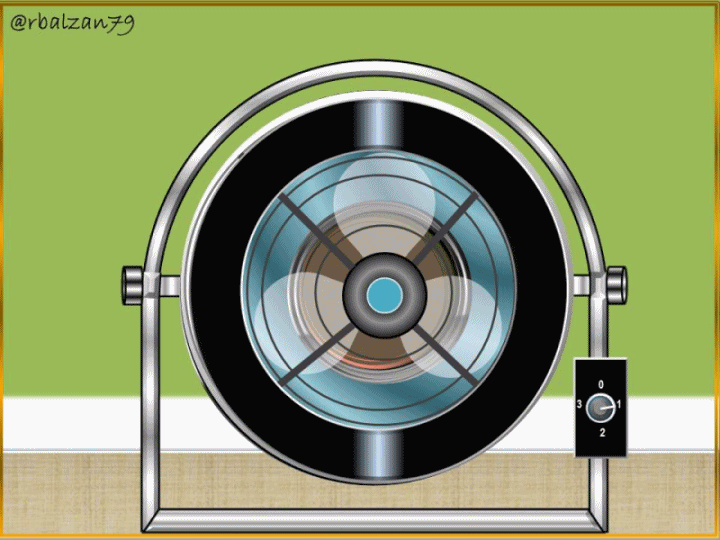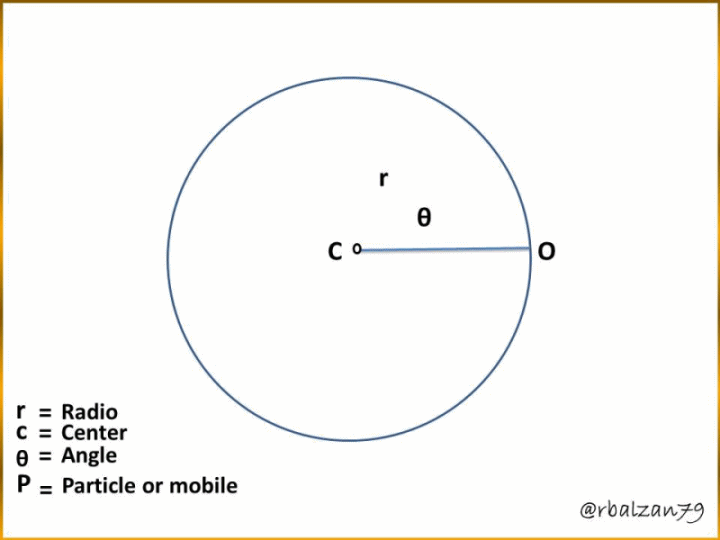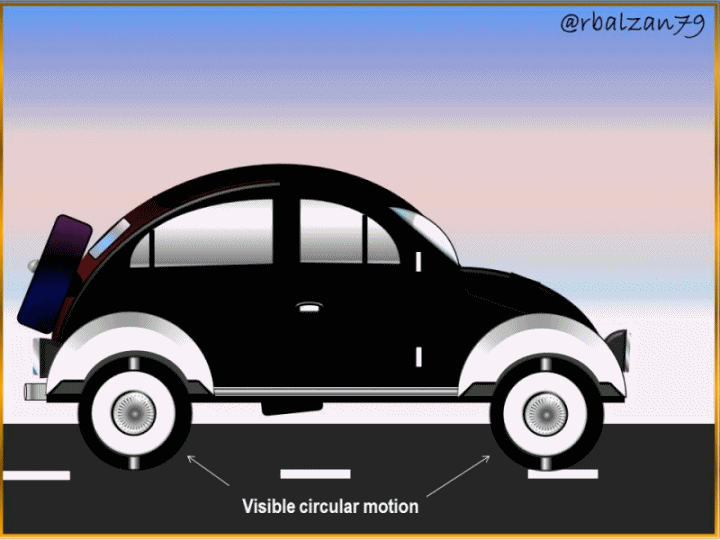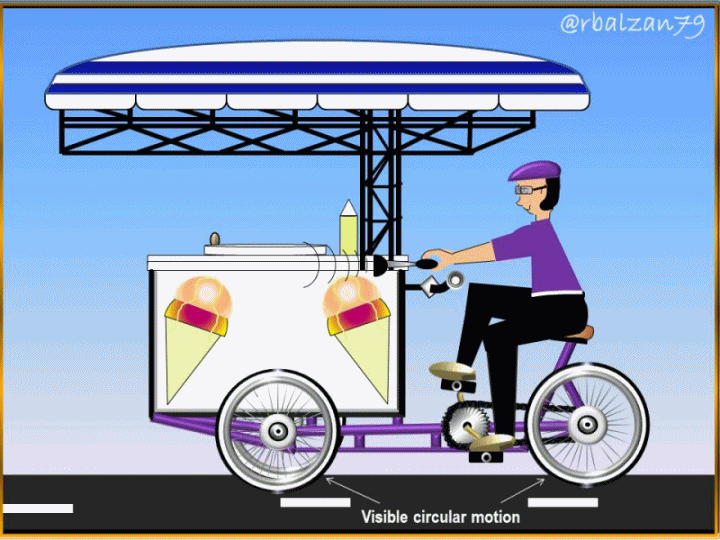
Introduction
At every moment of our lives we observe some type of movement and even in many occasions, in spite of not being able to observe them, they occur, such is the case of our body, since even though we are immobile, there is mobility inside us, for example, blood flow, among many other internal activities that require movement.
In our extensive thematic series related to sound we were able to realize how this important sound phenomenon originates thanks to the action of movement, particularly vibration, to then activate another such as the wave, and thus achieve sound propagation through some material or elastic medium, which is usually air.
Throughout our scientific-technological history we have had the ability to build any kind of knowledge acquisition tool in order to order and make sense of everything we have learned, this has led us, in general, to the classification of all the phenomena that take place in our environment, and movement does not escape from this characteristic.
Surely my dear friends, there are many movements that we could observe at every moment, and maybe we do not observe its trajectory, a fundamental aspect for the classification and analysis of the same, that is why, when analyzing a particular mobility is necessary to see how the behavior of the particle, body or object that moves.
In this opportunity we will relate in a general way with the very well known circular movement since we can see or observe it in any space-time where we are, but it is important to highlight that when we refer to this movement we have to relate to its path, therefore, it represents a circumference.
When we talk about the circumference, we are referring to the geometric space described by a certain point which maintains a constant length or distance in relation to another fixed point (center of the circumference), and with this, we express that the distance between these points is known as radius, as we can see in the following figure 1.

Therefore, my dear friends, in relation to the previous figure 1, we will know some examples of this type of mobility in our daily life, as you can see below:

In the previous figure we could notice a visible example of a circular mobility especially in the wheels of this vehicle, but, examples like this we find many as the one we will see in the following picture.

In this way, there are many examples of circular mobility in our daily life, and also of easy visualization as the ones shown in this opportunity, and with this, we can say that the phenomenon of movement is immersed in our lives, thus forming an intrinsic part of our existence
Conclusion
On this occasion we began to relate in a general way with the phenomenon of motion in space with the circular motion, in future installments we will be talking about essential elements for the analysis of a movement such as the reference point, mobile, among others.
In reality, our vast universe would be impossible to imagine without the phenomenon of movement, since everything that surrounds us has some kind of movement, which is why, without a doubt, movement will always be the cornerstone of the existence of everything that surrounds us and of course of our own existence, as has already been expressed.
Until another opportunity my dear friends, it is always important to be able to relate to the different natural phenomena that originate in our environment since this way we have transferred them to our daily life as the examples shown above, and this has also been possible thanks to the technological and academic fields.
Note: The images are my own and were created in Power Point and the animated gifs in PhotoScape.